Like a bejeweled dancer parading downstairs with a broken high heel, Gia Coppola’s The Last Showgirl holds your attention while it wobbles. Without question, it is a showcase for Pamela Anderson, who has never had a role so varied and feisty. For a contrast, consider an episode of Baywatch or the actioner Barb Wire from 1996. Writer/director Gia Coppola has given her a gift: the role of a 57-year-old Las Vegas showgirl who, after 30 years performing in the same show, must switch gears and find some other way to pay her mortgage.
Shelley (a whispery and later fiery Anderson) is a den mother to her fellow dancers, perhaps because of her caring instincts or because she is a team player or the oldest member of the ensemble and seemingly naturally suited as a nurturer—her colleagues are at least half her age. After she has been stood up by a date (she can’t get a break), Shelley invites other dancers for dinner to avoid wasting the fish she bought. She also invites the taskmaster/stage manager Eddie (Dave Bautista), who, not reading the room’s relaxed mood, drops a bombshell: After more than 30 years, their revue, “Razzle Dazzle,” will close in two weeks. The floor show, only seen briefly seen in the coda, is described as a tribute to the Paris à la Folies Bergère. (It’s surprising it has lasted this long in the Internet age, where topless nudity is just a search engine away.)
For the first time in three decades, Shelley will have to look for work. However, she refuses to debase herself and audition for a blatantly erotic show. There she draws the line. Yet no other show on the strip is, in her view, as classy and nostalgic as her current gig—she describes herself as an “ambassador of style and grace.” She faces an uphill battle, as it is slowly revealed that her dancing is rusty. She also hits the wall of ageism.
The screenplay offers at least two monologues where Shelley explodes, without politeness or apology. The first occurs during a dinner date with Eddie, with whom she had a relationship decades ago. He questions her life choices, namely why she stayed in the same show for so long when she had other options, such as raising her daughter (a glum Billie Lourd), who has grown up resenting the choices Shelley has made—it’s the G-string versus the PTA. Shelley won’t legitimize his questioning by justifying why she loves her job.
The second, climactic verbal meltdown takes place at an audition, where she dances to Pat Benatar’s “Shadows of the Night.” She knows after she has finished that she won’t be called back, but she breaks a cardinal rule of a job interview: She begs for directions and then lashes out at the rejection. Here the screenplay undercuts Shelley’s emotional intelligence that she has demonstrated toward her mothered colleagues. It’s puzzling that Shelley, a Vegas veteran, doesn’t realize that in show business, especially for women, youth trumps experience more often than not. As a result, she comes across as incredibly naive.
The auditioner, a producer played by Jason Schwartzman (Coppola’s cousin), is a walking lawsuit. Post #MeToo, it’s a head-scratcher that a male employer would be so blatantly ageist, barking at Shelley that she was only hired long ago because of her looks and that today no one is interested in her. This is one example of how the script views the neon-lit milieu of the Strip from an outsider’s point of view.
What’s also lacking is any sort of artistry or choreography by the showgirls. When the camera ventures from backstage into a theater during a Vegas act, the venue looks more intimate and appropriate for Podunk, USA. At this point, the production’s low budget becomes more than apparent, further undercutting Showgirl’s credibility.

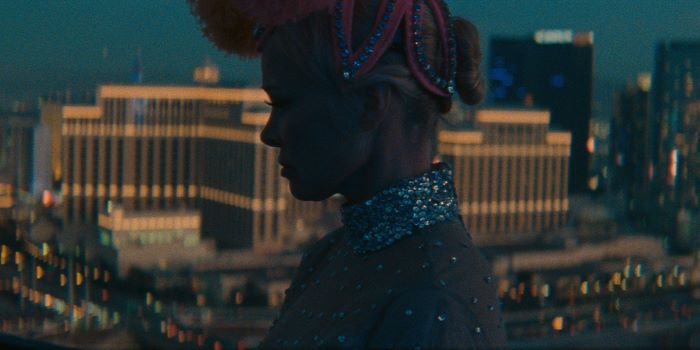

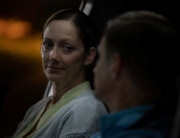



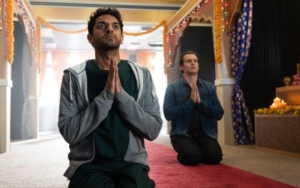
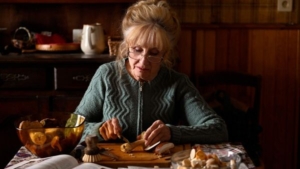



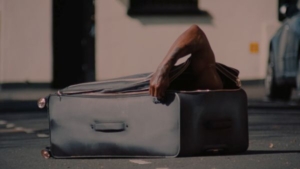




Leave A Comment